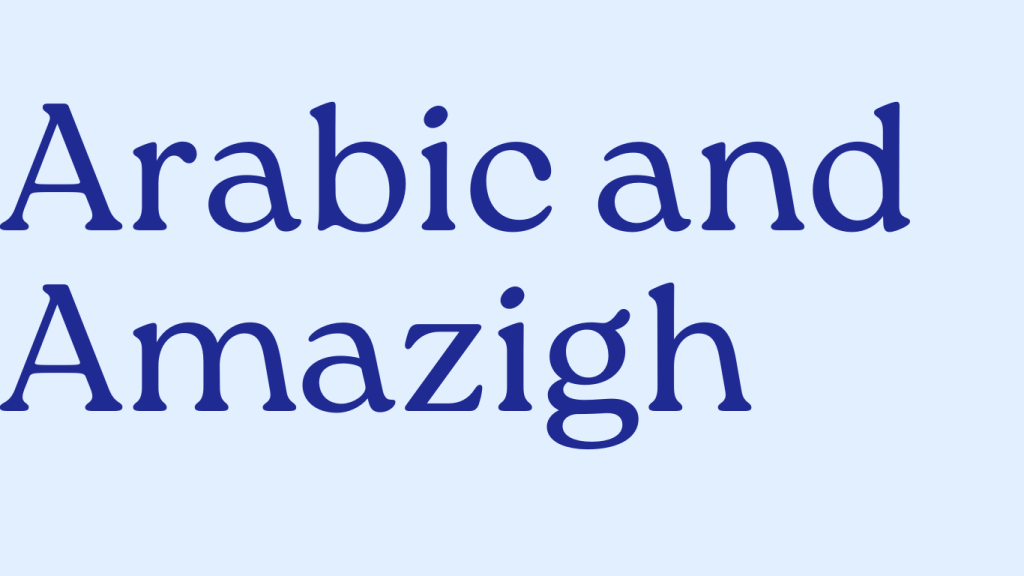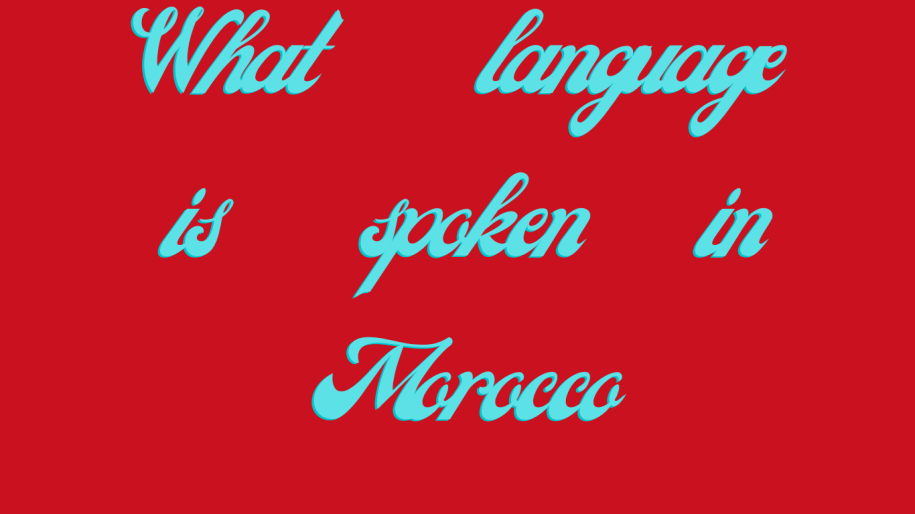Travelling to a new country is always an adventure, an immersion in new sights, tastes, and, most significantly, sounds. If you’re planning a trip to Morocco or are simply curious about its culture, one question may be hovering at the forefront of your mind: What are Morocco languages? While a simple answer would suffice, delving into the rich linguistic landscape of this North African nation reveals a vibrant mosaic of languages, dialects, and influences that echo the country’s multifaceted history and culture.
Official Morocco Languages: A Dual Identity
Morocco’s Constitution Recognizes Two Official Languages

Arabic and Amazigh. Although Arabic is often assumed to be the primary language, the inclusion of Amazigh—also known as Berber—reflects the nation’s deep-rooted ethnic heritage.
Modern Standard Arabic: The Lingua Franca
Modern Standard Arabic (MSA) is taught in schools and used in government, media, and formal communication. Yet, it is not the primary language spoken at home or in the streets. Instead, Moroccans use a local Arabic dialect known as Moroccan Arabic or Darija, a unique blend of Arabic, Amazigh, and French influences.
Amazigh: The Language of the Indigenous People
Amazigh, the language of Morocco’s indigenous people, predates the arrival of Arabic with the Islamic conquest. Today, it is spoken by about a third of the population, particularly in rural regions. It exists in three main dialects: Tarifit, Tashelhit, and Tamazight, each corresponding to a geographic region in Morocco.
The Role of Foreign Languages in Morocco
Beyond Arabic and Amazigh, foreign languages also play a significant role in Morocco’s linguistic landscape, a testament to the country’s historical interactions and strategic location.
French: The Unofficial Third Language
Morocco’s colonial history with France has left an indelible imprint on its language use. French remains a significant language in Morocco, widely used in business, government, higher education, and the media.
Spanish and English: Expanding Influence
In the north and the Spanish Sahara, the Spanish maintained a presence due to past Spanish protectorate rule. However, English has also gained popularity, particularly among the younger generation and in the tourism sector, reflecting global linguistic trends and the growing prominence of English as the international language of business.
Moroccan Arabic (Darija): The Everyday Vernacular
Delving deeper into what language they speak in Morocco on a day-to-day basis, one cannot overlook Darija. It is the most commonly spoken language in Morocco, distinguishing Moroccan culture and identity.
Uniqueness of Darija
While sharing a root with MSA, Darija has evolved into a unique dialect, heavily influenced by Amazigh languages, French and Spanish. This distinct dialect, which varies across regions, is one of the aspects that shape Morocco’s unique identity.
Learning Darija: A Window into Moroccan Culture
For travelers seeking an immersive experience, learning a few phrases in Darija can be a rewarding endeavour. Beyond basic communication, it offers a gateway into the heart of Moroccan culture.
The Amazigh Renaissance: Reviving The Ancient Language
The recognition of Amazigh as an official language in 2011 was a significant step in preserving Morocco’s indigenous culture. This marked a period of cultural renaissance for the Amazigh languages.
Amazigh Language Education
Efforts have been made to integrate Amazigh into the education system, with Amazigh lessons being introduced in schools. This ensures that the language is not lost to future generations.
Amazigh in Media and Public Life
Today, Amazigh can be seen and heard in public signs, TV broadcasts, and radio stations, reinforcing its resurgence in public life.
Language Etiquette: Navigating Communication in Morocco
Understanding the rules of language etiquette in Morocco can enhance interpersonal interactions and foster deeper connections with the locals.
Formal and Informal Settings
In formal settings like government offices, banks, or formal events, people generally use Modern Standard Arabic or French. On the other hand, people typically conduct casual conversations among friends, family, or even at local markets in Darija.
A Multilingual Approach
Moroccans are often multilingual, switching between languages depending on the context. Don’t be surprised if you witness a seamless transition between Darija, French, MSA, and Amazigh in a single conversation!
Language Learning for Travelers: Useful Tips
If you’re planning a visit, having a basic understanding of the local languages can significantly enhance your experience.
Basic Phrases
Learning basic Phrases in Darija, such as greetings, directions, and common questions, can go a long way in navigating daily life. French is also useful, particularly in urban areas and for business interactions.
Language Learning Resources
Numerous resources are available online for language learning, including phrasebooks, language apps, and online courses that cater to different levels of proficiency.
The Impact of Language on Moroccan Culture
Language in Morocco is more than a communication tool—it is a mirror reflecting the country’s cultural complexity and diverse heritage.
The Melting Pot of Languages
The blend of languages spoken in Morocco — Arabic, Amazigh, French, Spanish, and English — showcases the country’s history, from its indigenous roots to various foreign influences.
Language as a Cultural Identifier
Language serves as a significant cultural identifier in Morocco. Darija, with its distinct flavour, signifies Moroccan identity, while the revitalization of Amazigh represents a reconnection with the country’s indigenous roots.
Conclusion
So, what language do they speak in Morocco? The answer is as complex and vibrant as the country itself. Arabic and Amazigh, the official languages of Morocco, blend with the widely used French and the increasingly influential English and Spanish to weave Morocco’s linguistic tapestry, reflecting its diverse cultures and histories.
Understanding the language dynamics of Morocco provides an in-depth insight into the rich cultural identity of this fascinating North African nation. For travellers and linguaphiles alike, delving into Morocco’s linguistic heritage promises an enriching journey through the echoes of its historical epochs, captured eloquently in the tongues of its people.

